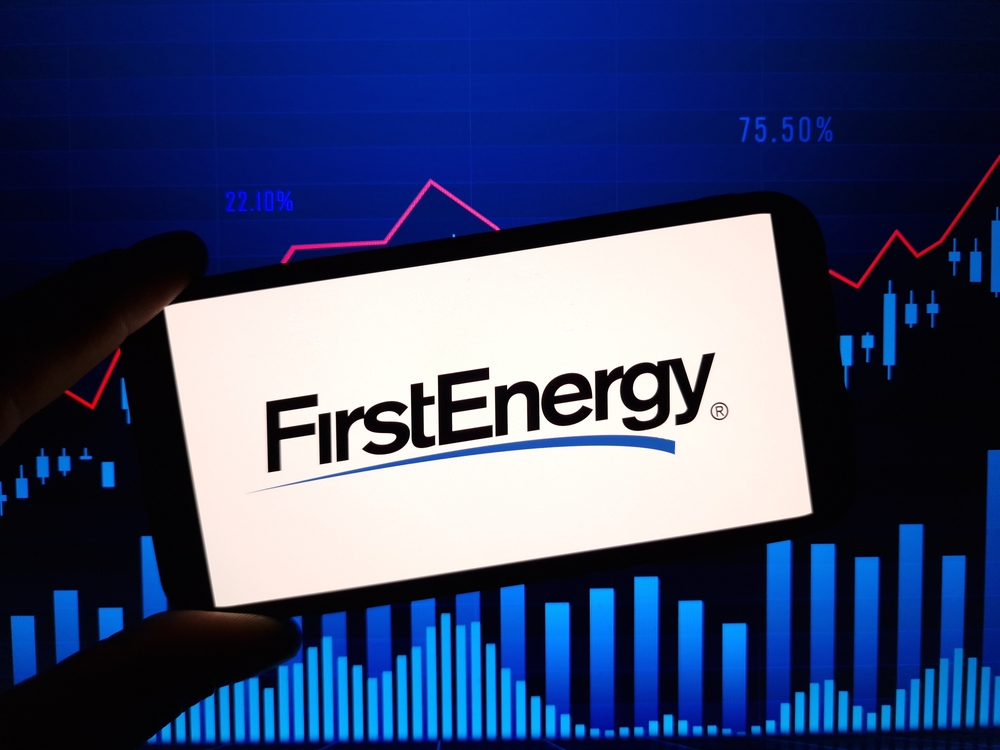
FirstEnergy Corp. (FE) is an electric utility company headquartered in Akron, Ohio, serving approximately six million customers across the Midwest and Mid-Atlantic regions. The company, with a market cap of $23.3 billion, operates through its regulated distribution and transmission businesses, providing electricity to residential, commercial, and industrial customers in Ohio, Pennsylvania, West Virginia, Maryland, New Jersey, and New York.
FE stock has struggled to keep up with the broader market over the past year. The stock has gained 5.9% over this time frame, while the broader S&P 500 Index ($SPX) has rallied nearly 20.5%. In 2025, FE stock is up marginally, while the SPX is up 2.9% on a YTD basis.
On a closer look, ES has also lagged behind the Utilities Select Sector SPDR Fund's (XLU) 30% return over the past 52 weeks and a 4.7% YTD gain.

FE shares have lagged behind the broader market due to regulatory uncertainties in Ohio and concerns over its ability to replace earnings from pensions and declining coal operations. The company is transitioning away from legacy income sources, with coal earnings expected to drop significantly. While FirstEnergy has invested in grid modernization and maintains a steady dividend, investor sentiment has been weighed down by unresolved regulatory issues and uncertainty over future earnings stability.
On Oct. 29, FirstEnergy’s shares fell 1.5% after the release of its Q3 earnings, which missed expectations, with adjusted EPS of $0.85 falling short of the $0.91 consensus and declining 3.4% year over year. Revenue rose 5.7% to $3.73 billion but still came in below forecasts.
The company narrowed its FY2024 adjusted earnings guidance to $2.61-$2.71 per share but raised its capital investment plan by 7% to $4.6 billion, a 24% increase from 2023, while reaffirming its long-term earnings growth target of 6%-8% annually.
For FY2024, which ended in December, analysts expect FirstEnergy’s EPS to grow 3.9% to $2.66 on a diluted basis. The company’s earnings surprise history is mixed. It beat or matched the consensus estimate in three of the last four quarters while missing the forecast on another occasion.
Among the 17 analysts covering FE stock, the consensus is a “Moderate Buy.” That’s based on six “Strong Buy” ratings, two “Moderate Buys,” eight “Holds,” and one “Moderate Sell.”

This configuration is less bullish than a month ago when seven analysts suggested a "Strong Buy."
On Jan. 23, Wolfe Research downgraded FirstEnergy to “Peer-Perform” from “Outperform,” citing concerns over its “low-quality” pension and coal earnings, as well as ongoing uncertainty surrounding the Ohio rate case.
The mean price target of $46.67 represents a 16.7% premium to FE’s current price levels. The Street-high price target of $52 suggests an upside potential of 30%.







